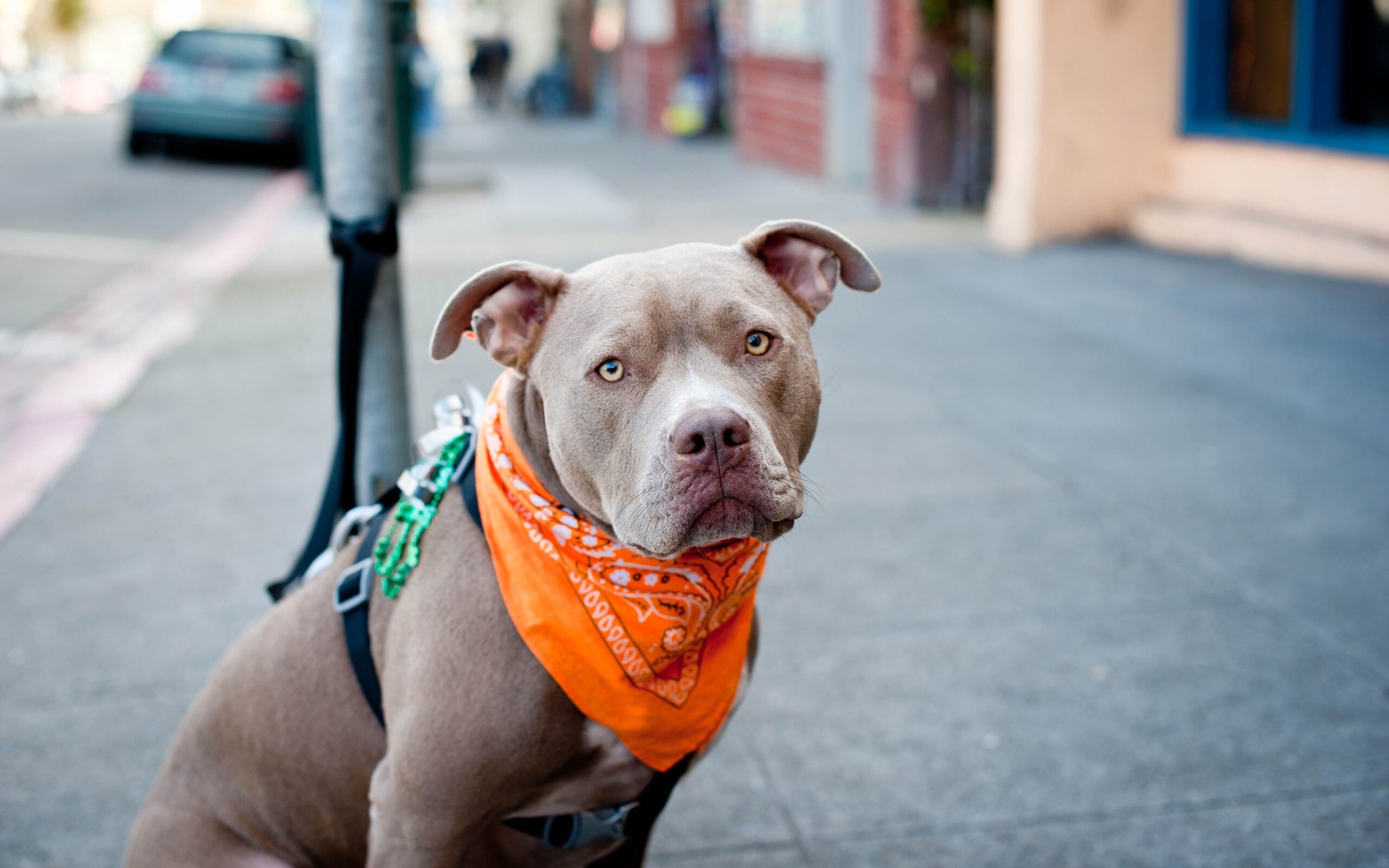Training your Pitbull is essential for ensuring they grow up to be well-behaved, obedient, and confident. Pitbulls are intelligent and eager to please, making them highly trainable with the right techniques. Here’s a comprehensive guide to training your Pitbull effectively.
Understanding Your Pitbull
Before diving into specific training techniques, it’s important to understand your Pitbull’s nature. Pitbulls are energetic, strong-willed, and affectionate dogs. They thrive on positive reinforcement and require consistent, firm, yet gentle handling.
Basic Training Principles
- Positive Reinforcement
- Use treats, praise, and toys to reward desired behaviors. Positive reinforcement encourages your Pitbull to repeat good behavior.
- Avoid punishment, as it can lead to fear and aggression. Instead, focus on rewarding good behavior and redirecting unwanted behavior.
- Consistency
- Be consistent with commands and routines. Use the same words and signals for commands to avoid confusion.
- Ensure all family members follow the same training guidelines to provide a clear and consistent message to your Pitbull.
- Patience and Persistence
- Training takes time and effort. Be patient and persistent, and remember that each dog learns at their own pace.
- Celebrate small victories and progress, reinforcing your Pitbull’s confidence and eagerness to learn.
Essential Training Commands
- Sit
- Hold a treat close to your Pitbull’s nose and slowly move it up and over their head. As their head follows the treat, their bottom will naturally lower into a sitting position.
- As soon as they sit, say “sit” and give them the treat. Repeat until they associate the command with the action.
- Stay
- Start with your Pitbull in a sitting position. Hold your hand out in front of you, palm facing them, and say “stay.”
- Take a few steps back. If they stay, reward them with a treat. Gradually increase the distance and duration they must stay before rewarding.
- Come
- Put a leash on your Pitbull and let them wander a short distance away. Gently pull on the leash and say “come” in a cheerful tone.
- When they come to you, reward them with a treat and praise. Practice this in various environments to reinforce the command.
- Down
- Hold a treat in your hand and lower it to the ground between your Pitbull’s front paws. As they follow the treat, their body will lower into a lying down position.
- Once they are lying down, say “down” and give them the treat. Repeat until they understand the command.
- Leave It
- Place a treat in your closed hand and show it to your Pitbull. When they try to get it, say “leave it.”
- Once they stop trying and back away, reward them with a different treat. Gradually practice with the treat on the floor, using the “leave it” command until they reliably obey.
Socialization Training
- Introduce Gradually
- Expose your Pitbull to various people, animals, and environments gradually. Start with calm, controlled settings and slowly increase the level of activity and noise.
- Use treats and praise to create positive associations with new experiences.
- Supervised Playdates
- Arrange playdates with well-behaved dogs. Supervised interactions help your Pitbull learn appropriate social behavior and build confidence around other dogs.
- Exposure to Different Stimuli
- Introduce your Pitbull to different sounds, textures, and objects. This can include car rides, walks in the park, and visits to pet-friendly stores. Positive exposure helps reduce fear and anxiety.
Advanced Training Techniques
- Clicker Training
- Use a clicker to mark desired behaviors, followed by a reward. The clicker sound helps your Pitbull quickly understand which behavior is being rewarded.
- Start with basic commands and gradually move to more complex behaviors using the clicker.
- Agility Training
- Agility training provides physical exercise and mental stimulation. Set up an obstacle course with jumps, tunnels, and weave poles to challenge your Pitbull.
- Use treats and praise to encourage them to navigate the course.
- Obedience Classes
- Enroll your Pitbull in obedience classes. Professional trainers can provide structured learning environments and help address specific training challenges.
- Group classes also offer socialization opportunities with other dogs.
Addressing Behavioral Issues
- Biting and Nipping
- If your Pitbull bites or nips, redirect their behavior to appropriate chew toys. Use commands like “leave it” and reward them for chewing on toys instead.
- Avoid rough play that encourages biting.
- Excessive Barking
- Identify the cause of barking (e.g., boredom, anxiety, territorial behavior) and address it accordingly. Use the “quiet” command and reward them when they stop barking on command.
- Ensure they get plenty of physical and mental exercise to reduce boredom-related barking.
- Separation Anxiety
- Gradually acclimate your Pitbull to being alone by leaving them for short periods and gradually increasing the time. Provide toys and treats to keep them occupied.
- Create a comfortable, safe space for them to stay while you’re away.
Conclusion
Training your Pitbull requires consistency, patience, and positive reinforcement. By focusing on basic commands, socialization, and addressing behavioral issues, you can raise a well-behaved and confident Pitbull.
Remember, training is an ongoing process that strengthens the bond between you and your dog, leading to a happy and fulfilling relationship.


Leave a Reply